Reimagining Textile Supply Chains
What Ancient Indigo Dyeing Teaches Us About Circularity
TL;DR: The textile industry is one of the world's most polluting sectors. Ancient indigo dyeing practices offer a blueprint for circularity, using natural inputs, minimal waste processes, and biodegradable outputs that close the loop back to nature.

The textile industry is facing a reckoning. As one of the world's most polluting sectors, it consumes vast amounts of water, releases chemical-laden wastewater, and leaves behind mountains of waste that linger for decades.
Meanwhile, "circular economy" has become a buzzword, promising a future where materials are reused, regenerated, and never wasted. But what does circularity really look like in textiles? And could ancient practices hold lessons for modern innovation?
Mapping the Textile Supply Chain
Every fabric follows a journey, and each step leaves its mark on the planet.
🌱 Raw Materials
Cotton, flax, and hemp are grown; synthetics like polyester are made from petroleum. Conventional cotton uses around 16% of global insecticides, while synthetic fibers contribute heavy carbon emissions and microplastic pollution.
🏭 Processing and Manufacturing
Spinning, weaving, dyeing, and finishing transform fibers into textiles. Dyeing alone causes about 20% of global industrial water pollution, with many facilities discharging untreated wastewater.
🚚 Distribution and Use
Products are shipped worldwide, and how often we wash and replace them further shapes their environmental impact.
♻️ End of Life
Less than 1% of textiles are recycled into new textiles; most end up burned or buried, wasting an estimated $500 billion in materials every year.
To build truly circular supply chains, we must rethink every stage, from renewable, traceable raw materials to clean processing, longer product use, and safe return to nature or reuse.
The Dyeing Dilemma
Dyeing is often the textile industry's most toxic bottleneck. Producing a single kilogram of dyed fabric can require up to 150 liters of water. Multiply that by global production, and the scale becomes staggering.
Synthetic dyes, derived from petroleum, resist biodegradation and often poison rivers. Worse, global supply chains are opaque, meaning many brands can't fully verify what chemicals or wastewater practices are used in production.
Finding cleaner alternatives doesn't mean reverting to the past, but traditional systems can inspire smarter, more circular design.
Learning from Aizome: Circularity in a Traditional System
The Japanese art of Aizome (Yes, we are named after the art), or natural indigo dyeing, offers a compelling model. Practiced for over 800 years, it shows what's possible when production aligns with natural cycles.
It begins with Polygonum tinctorium, the Japanese indigo plant. After harvest, the leaves are fermented into sukumo, the base of the dye. Fabric is dipped repeatedly in the indigo vat, oxidizing into its signature deep blue.
Here's why this approach still matters today:
- 🌿 Natural inputs: Plant dyes replace petroleum-derived synthetics and can support regenerative agriculture
- 💧 Cleaner process: Traditional vats produce minimal waste. Our trademarked ultrasonic dyeing technology builds on this logic, using sound waves instead of harsh chemicals, cutting water use by more than half while ensuring deep, lasting color
- 💪 Built to last: Indigo's antibacterial and odor-resistant properties help fabrics stay fresh and durable, reducing the need for frequent washing or replacement
- 🔄 Truly biodegradable: When combined with natural fibers, indigo-dyed textiles can safely decompose, closing the loop back to nature
Even dye wastewater can hold value. Inspired by these methods, we at AIZOME ran WASTECARE™, a proof-of-concept showing that our plant-dye wastewater was clean enough for potential skincare use, a small but powerful example of circular thinking in practice.
Scaling Natural Systems
Natural systems also have limitations. Traditional dyeing is labor-intensive and slower to scale. Natural dyes and organic fibers tend to cost more, and "natural" doesn't always mean sustainable; it depends on how crops are cultivated and water is managed.
That's why transparency and traceability are so crucial. True sustainability demands that every step, from soil to finished product, is visible, measurable, and accountable.
Principles for a Circular Textile Supply Chain
The lessons from Aizome point to universal principles we can all apply:
- 🔍 Trace materials carefully: Know where fibers and dyes come from, and how they're made
- ♻️ Design for multiple lives: Choose materials that can be repaired, recycled, or safely composted
- 💧 Reduce impact in processing: Use low-water, closed-loop, or toxin-free technologies
- 💎 Value durability: Longevity is one of the most overlooked forms of sustainability
- 🔄 Rethink waste: Turn by-products into resources, not liabilities

The Path Forward
Rebuilding textile systems for circularity won't happen overnight, but the blueprint already exists. For centuries, crafts like Aizome operated within ecological limits, where nothing was wasted and everything eventually returned to the earth.
At AIZOME, we're bringing those principles into the present, combining ancient wisdom with modern technology to prove that purity, performance, and circularity can coexist.
Because what touches your skin should never harm the planet.

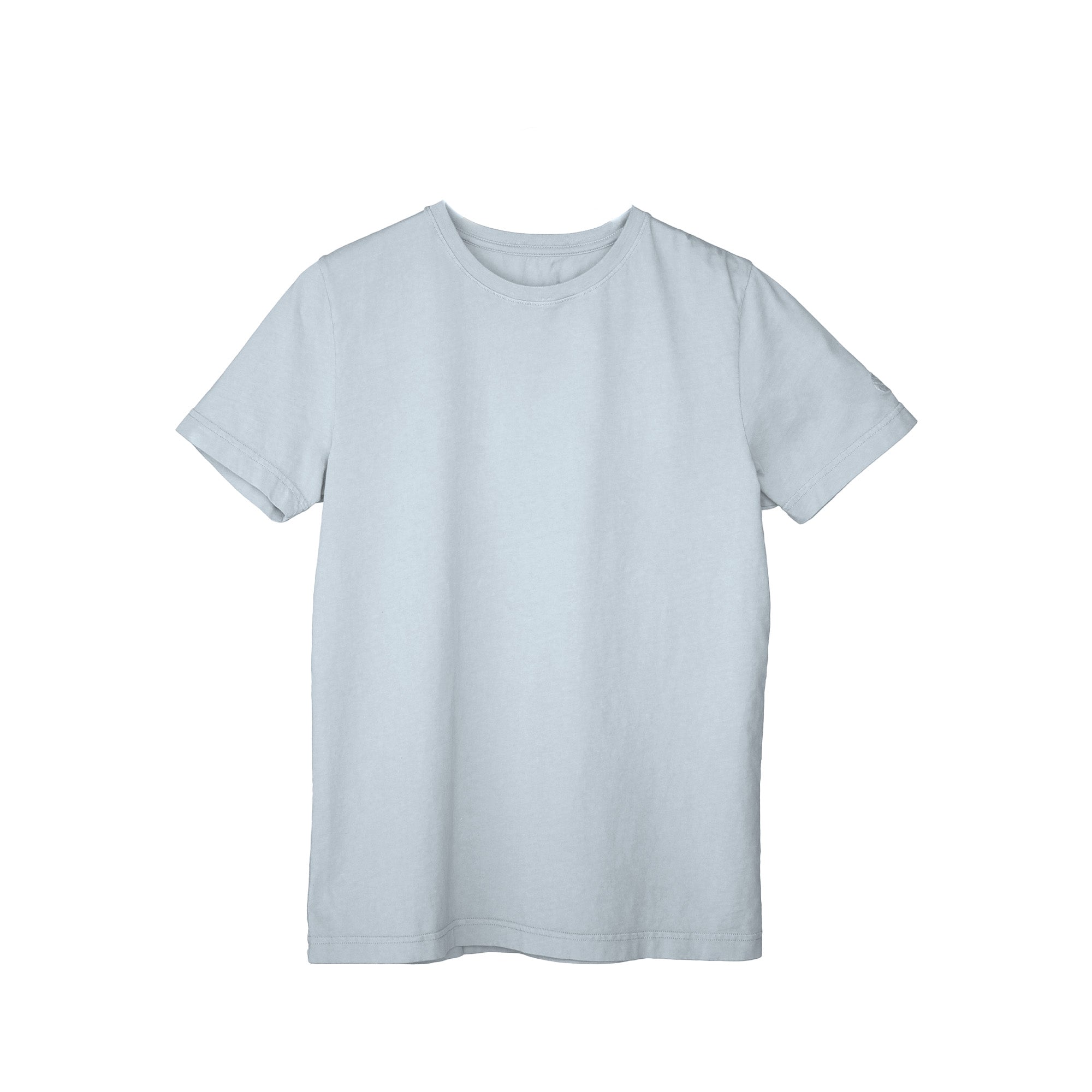

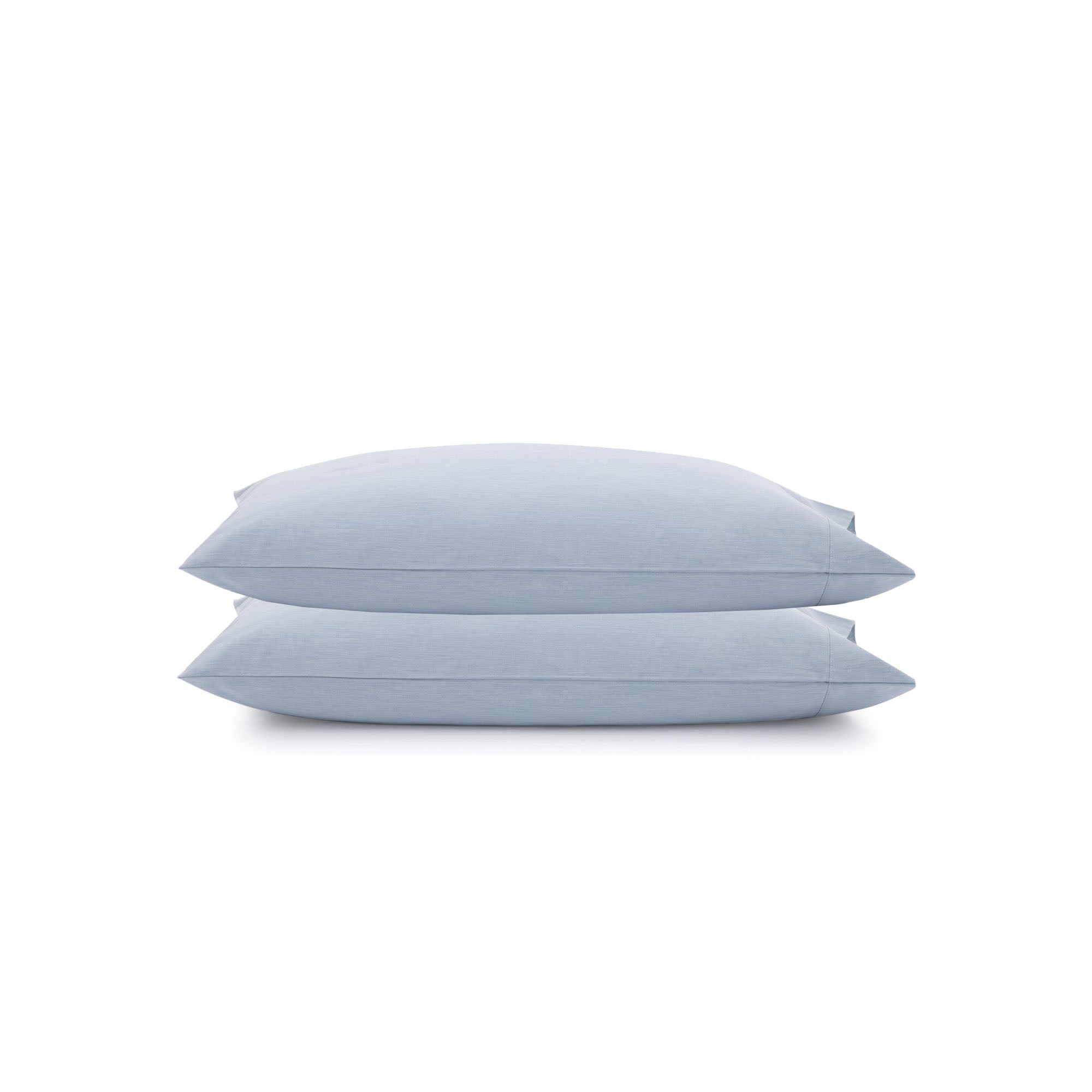
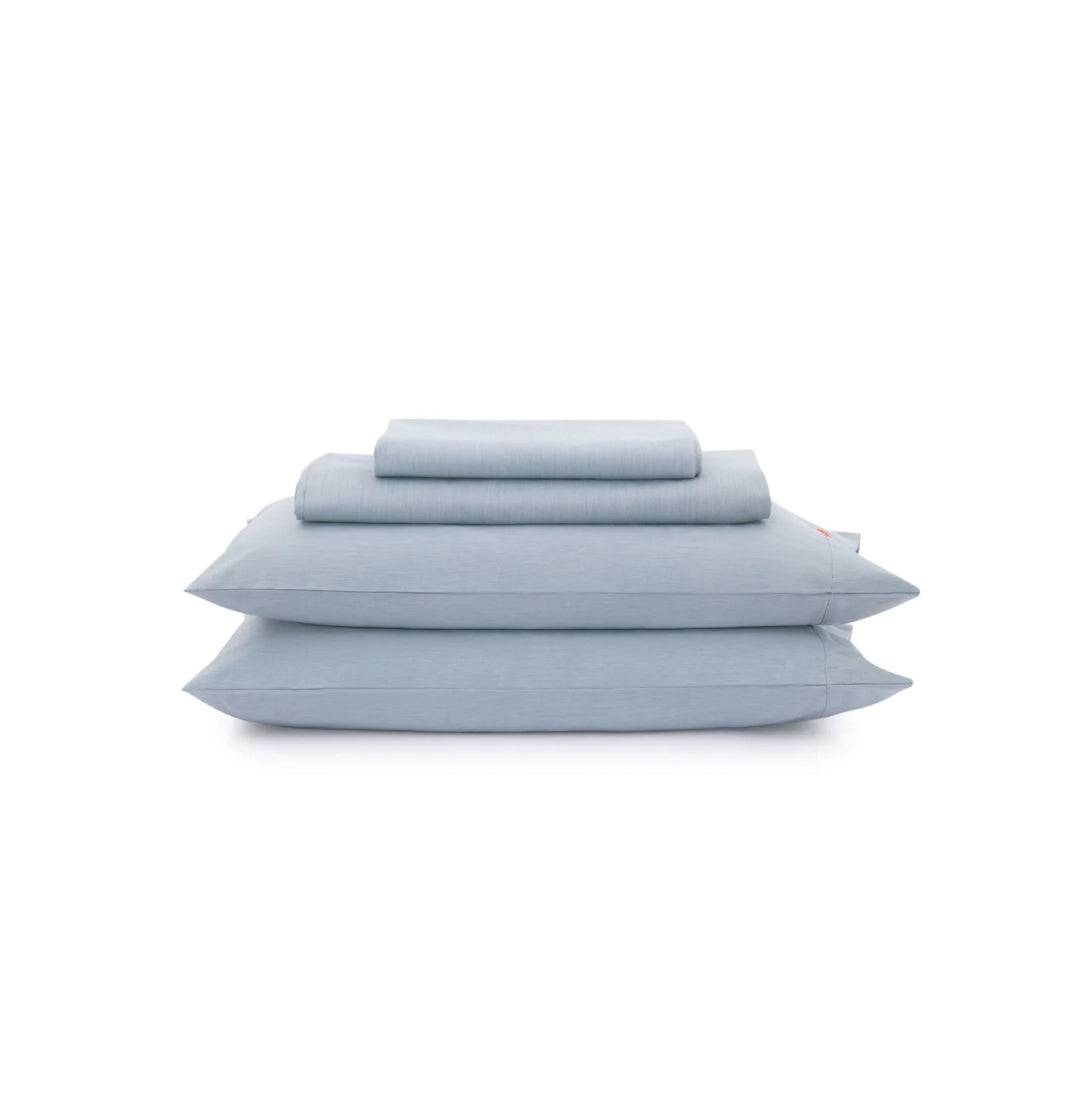
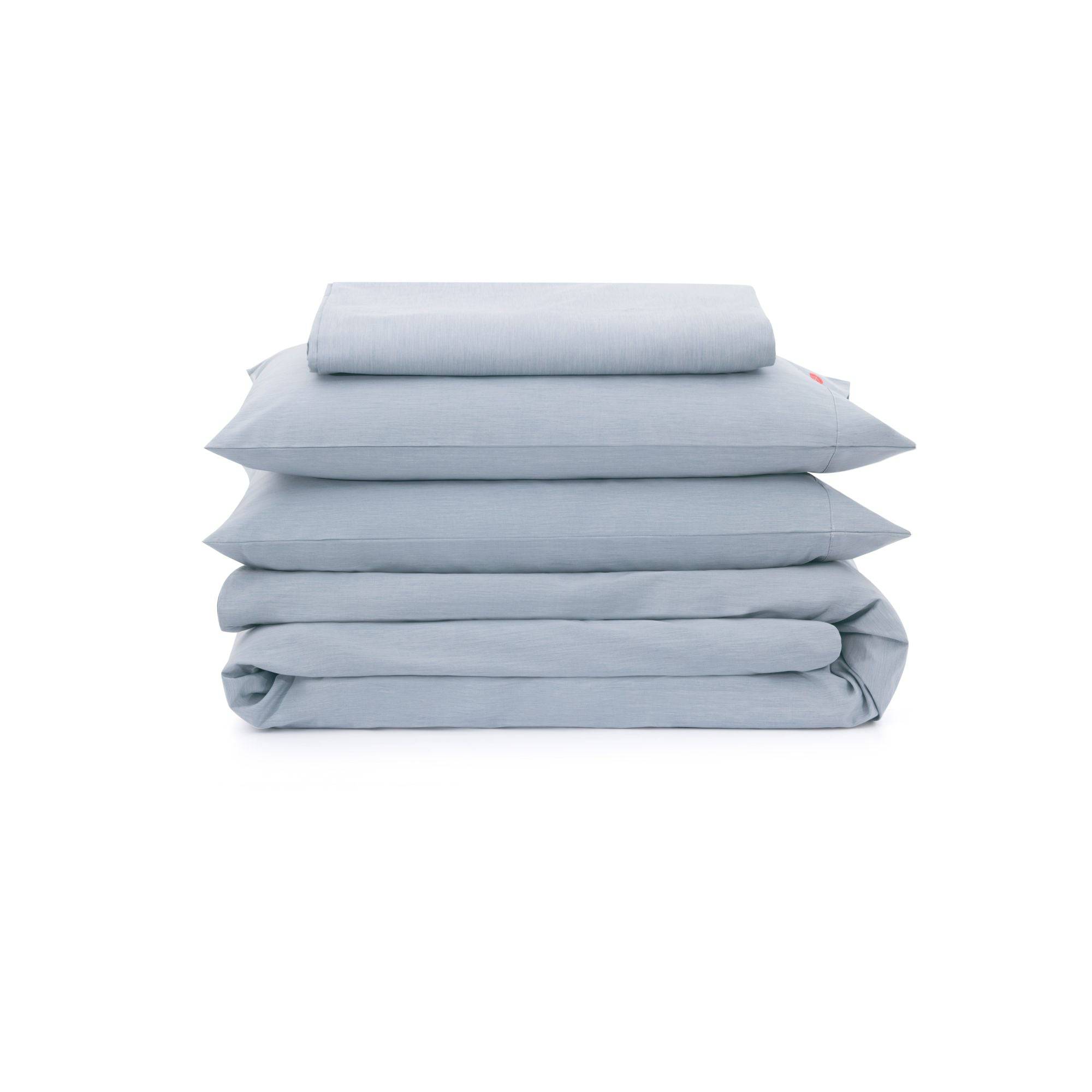
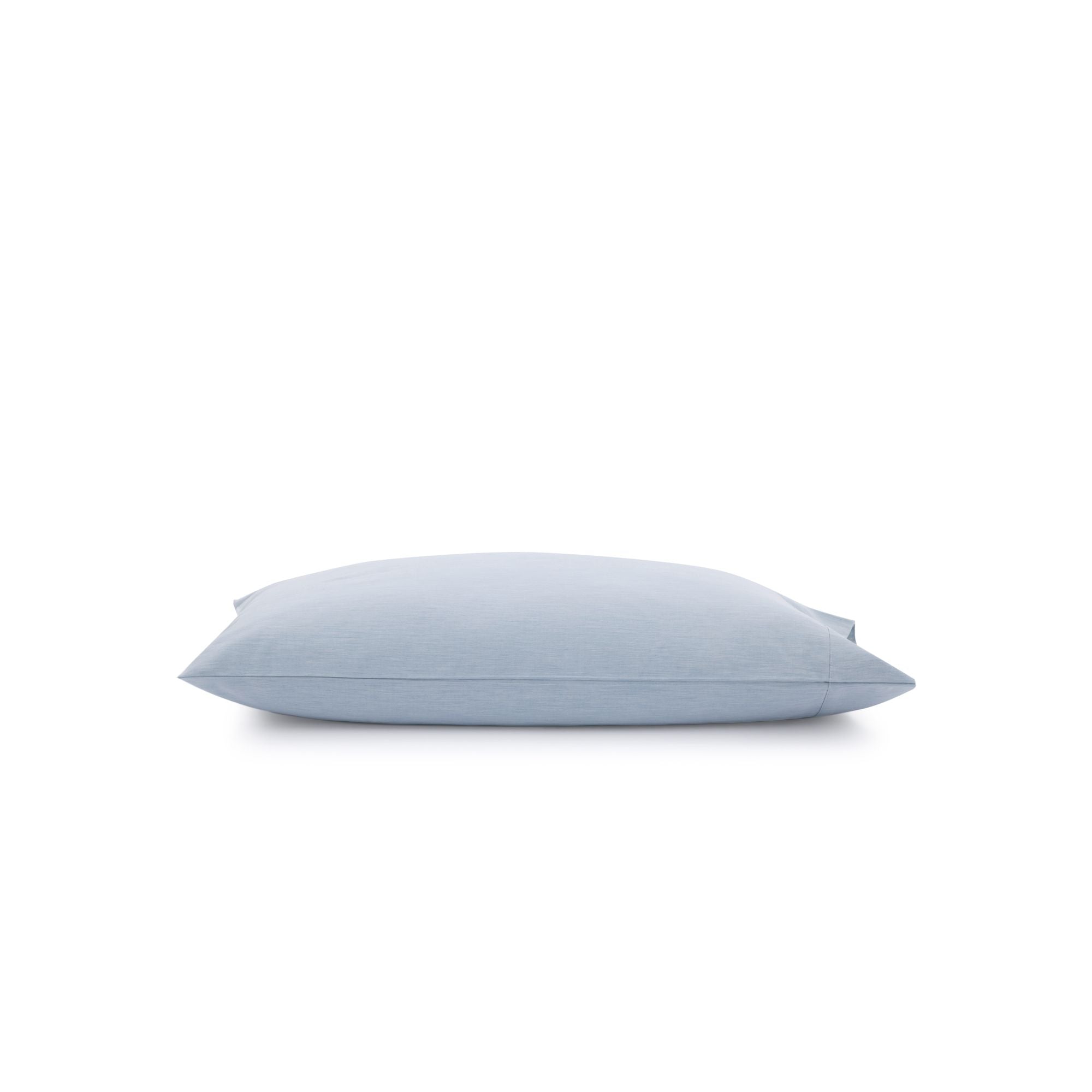
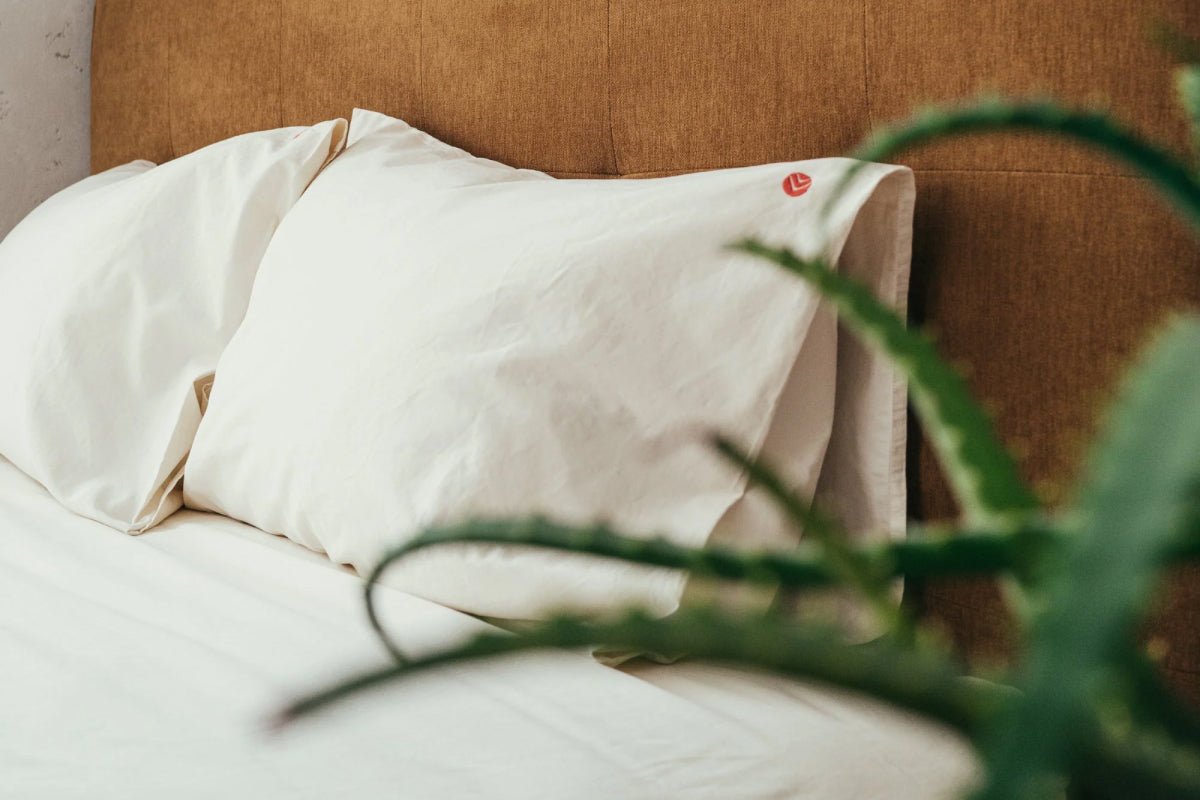 Bedding
Bedding
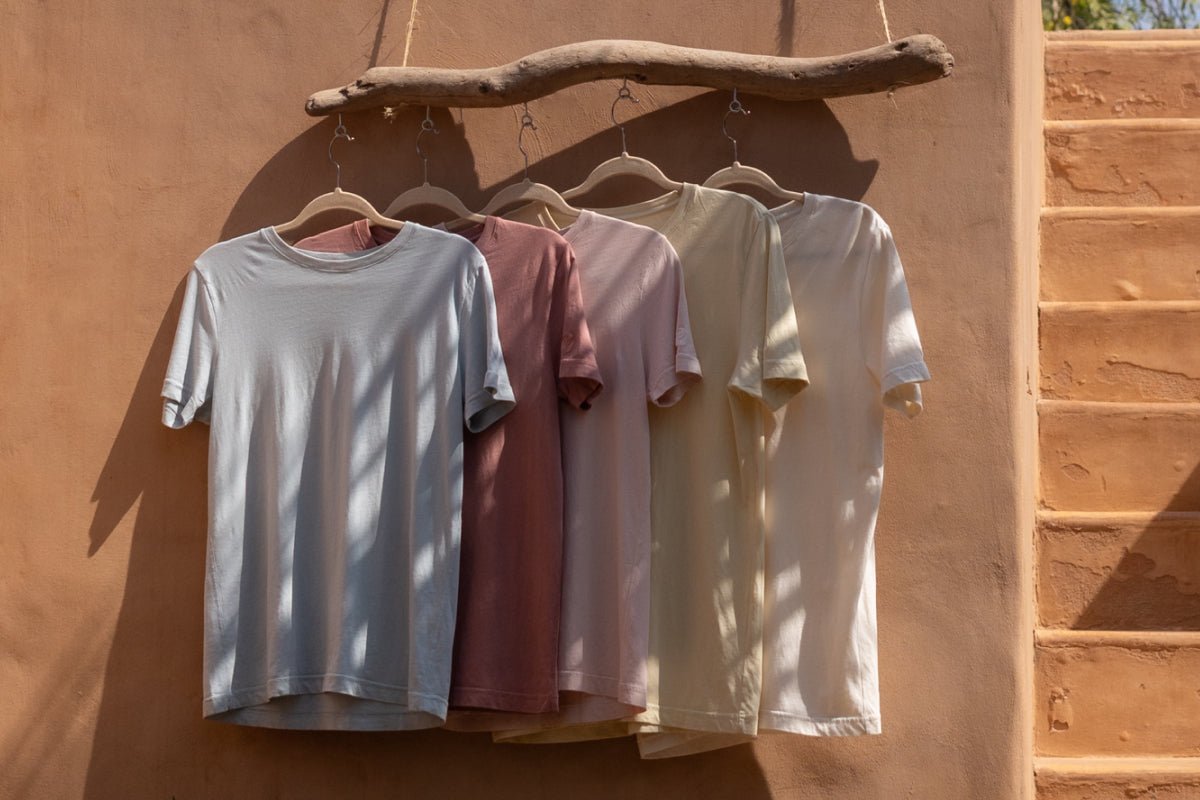 Clothing & Accessories
Clothing & Accessories
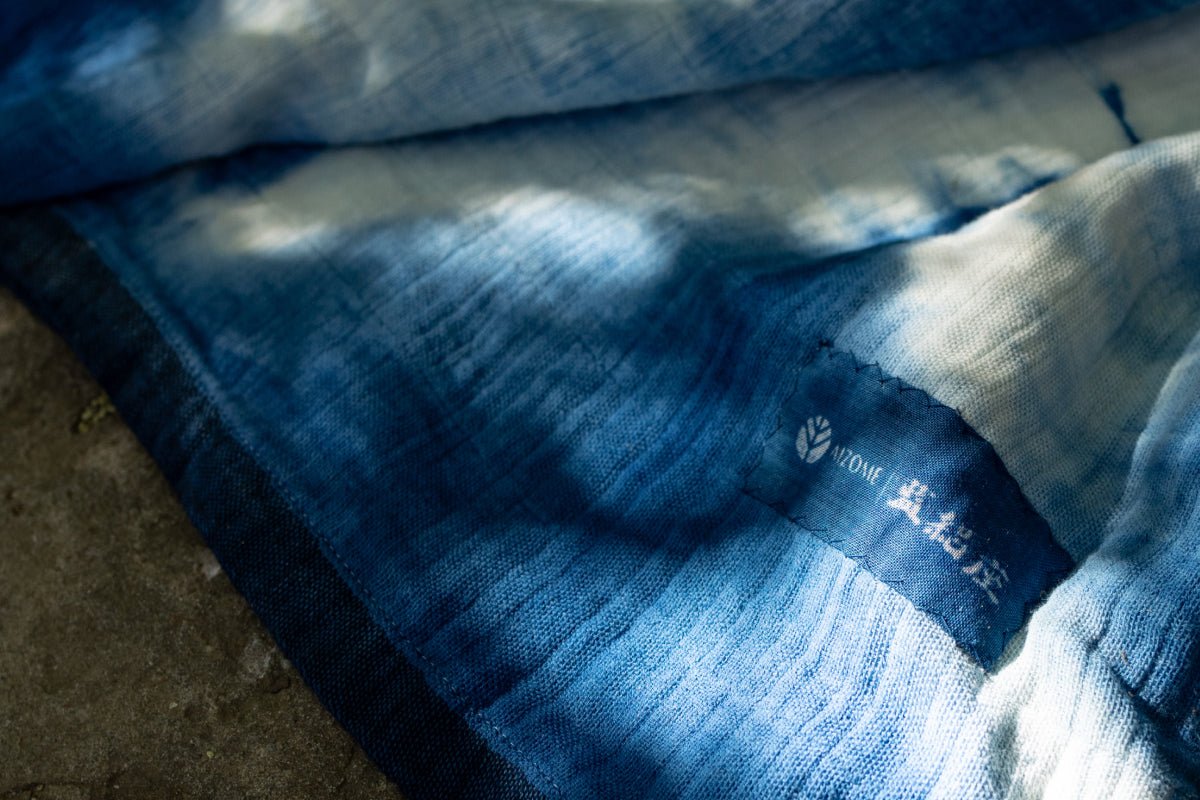 Artisan Line
Artisan Line


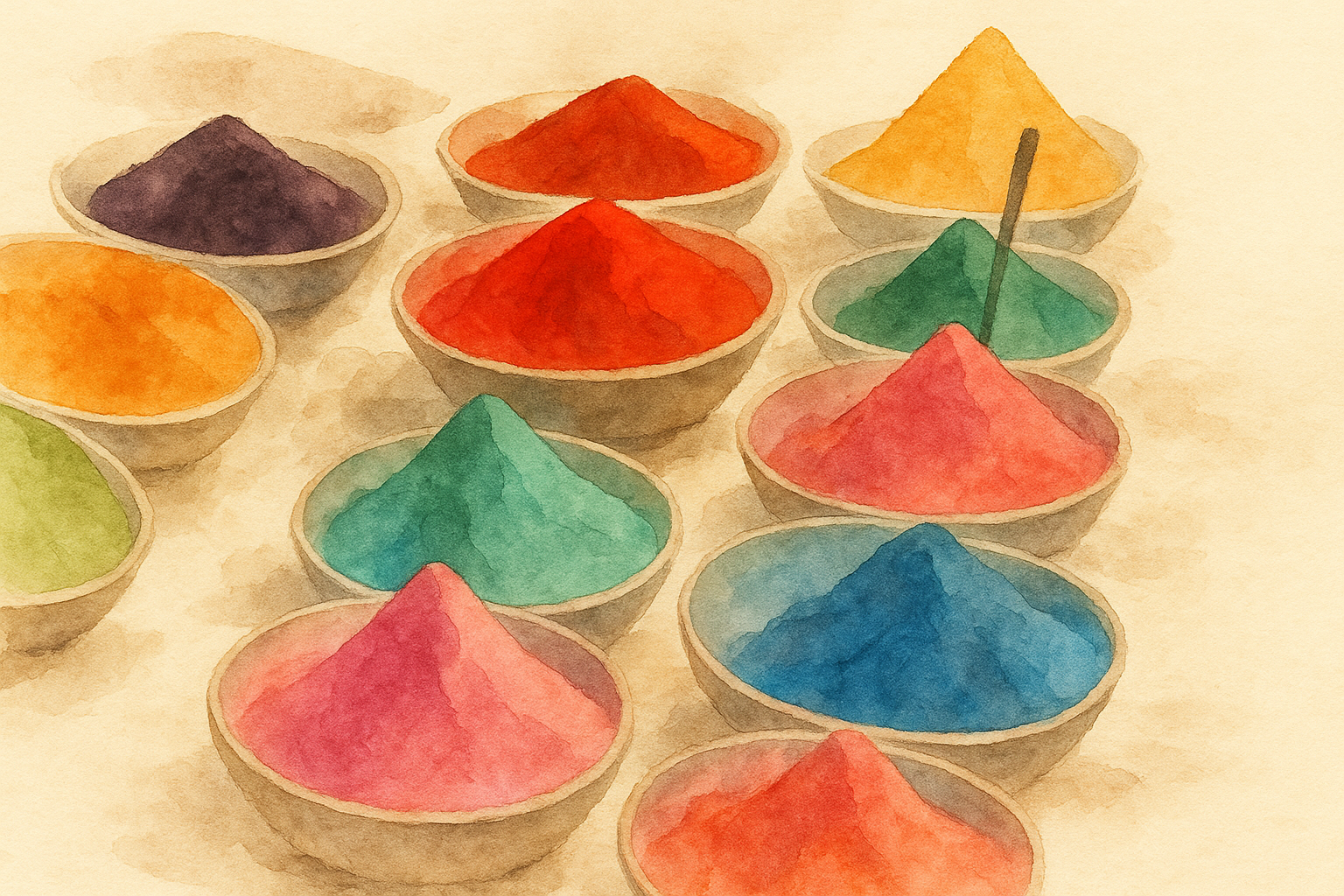
Leave a comment
All comments are moderated before being published.
This site is protected by hCaptcha and the hCaptcha Privacy Policy and Terms of Service apply.